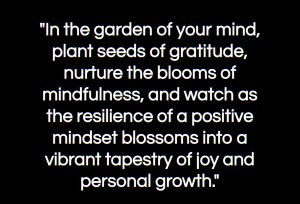People often overlook the importance of quality sleep in today’s fast-paced world, where stress and anxiety seem to be constant companions. However, what many fail to realise is that sleep plays a crucial role in our mental well-being, particularly when it comes to managing anxiety. In this blog post, we’ll explore the relationship between sleep and anxiety and discuss some practical tips for improving sleep quality to alleviate anxiety symptoms.
The Link Between Sleep and Anxiety: It’s no secret that anxiety can wreak havoc on our sleep patterns, leading to difficulties falling asleep, staying asleep, or experiencing restorative sleep. Conversely, poor sleep can exacerbate feelings of anxiety, creating a vicious cycle that can be challenging to break. Research has shown that sleep deprivation can disrupt the brain’s ability to regulate emotions, making individuals more susceptible to feelings of anxiety and stress. Additionally, insufficient sleep can impair cognitive function, further fuelling anxious thoughts and worries.
Practical Tips for Better Sleep and Reduced Anxiety
- Establish a Consistent Sleep Schedule: Aim to go to bed and wake up at the same time every day, even on weekends. Consistency helps regulate your body’s internal clock, promoting better sleep quality.
- Create a relaxing bedtime routine: Wind down before bed with calming activities such as reading, gentle stretching, or practicing relaxation techniques like deep breathing or meditation. Avoid screens and stimuli that can interfere with sleep.
- Maintain a Comfortable Sleep Environment: Ensure your bedroom is conducive to sleep by keeping it cool, dark, and quiet. Invest in a comfortable mattress and pillows that support your preferred sleeping position.
- Limit Stimulants and Alcohol: Avoid consuming caffeine and nicotine close to bedtime, as they can disrupt sleep. Similarly, limit alcohol intake, as it can fragment sleep and worsen anxiety symptoms.
- Manage Stress Throughout the Day: Incorporate stress-reducing activities into your daily routine, such as exercise, journaling, or spending time in nature. By addressing stressors during the day, you can prevent them from interfering with your sleep at night.
- Seek Professional Help if Needed: If anxiety or sleep disturbances persist despite self-help strategies, don’t hesitate to seek support from a healthcare professional. Therapy, medication, or other interventions may be necessary to address underlying issues and improve sleep and anxiety symptoms.
Quality sleep is a powerful tool for managing anxiety and promoting overall mental well-being. By prioritising good sleep habits and addressing any underlying sleep issues, you can effectively reduce anxiety symptoms and improve your quality of life. Remember that small changes to your sleep routine can have a significant impact, so start incorporating these tips into your daily life and reap the benefits of a restful night’s sleep.











